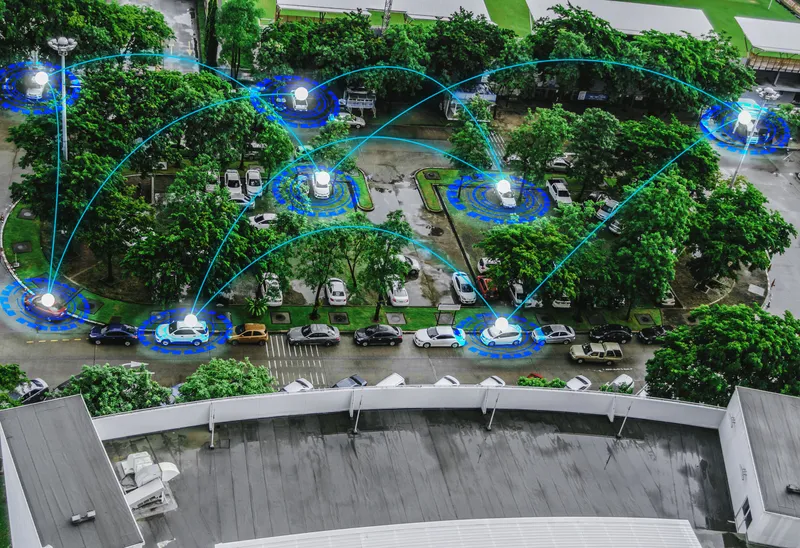A joint whitepaper published by Here and SBD argues that new levels of vehicle automation will increase traffic congestion in the foreseeable future and it's up to the automotive industry to enhance its collaboration in order to create a seamless transition as we reach these new levels of automation.
According to co-author of the study, Andrew Hart, director at SBD, autonomous cars have the potential in the long-term to revolutionise mobility and radically improve the safety of our roads. However, the pa
July 19, 2016
Read time: 2 mins
A joint whitepaper published by 7643 Here and 4263 SBD argues that new levels of vehicle automation will increase traffic congestion in the foreseeable future and it's up to the automotive industry to enhance its collaboration in order to create a seamless transition as we reach these new levels of automation.
According to co-author of the study, Andrew Hart, director at SBD, autonomous cars have the potential in the long-term to revolutionise mobility and radically improve the safety of our roads. However, the path towards the fully autonomous car is full of potholes, which may create short-term pains in unexpected ways. The automotive industry and road authorities will need to work carefully together to navigate around these potholes, in order to gain the trust of consumers and reap the societal benefits of this new technology, he said.
The whitepaper claims there are two main factors that will determine just how big the impact automated vehicles will have on traffic congestion. The first is the level of vehicle automation. The second is the corresponding level of user adoption.
While basic levels of automation could have a small positive impact in helping to ease traffic congestion, higher levels of automation could have a detrimental effect on congestion when the user adoption rate is low.
In order to help mitigate the increase in congestion during these transition periods, Here and SBD urge the automotive industry to work together towards collaborative autonomous cars. This includes formalised efforts to break down information silos and establish vehicle, road network and infrastructure data exchanges in conjunction with local, state and national transportation agencies.
The white paper describes how levels of automation represent a sequence rather than a binary occurrence where one day the roads are exclusively filled with self-driving vehicles. According to SBD, 11 million cars in Europe, USA and China will be shipped in 2016 with driver assistance systems such as adaptive cruise control, automatic emergency braking or lane keep assistance. From 2020, car manufacturers have announced a new generation of autonomous vehicles will be launched that achieve Level 4 to 5 automation, allowing drivers to hand over control to the vehicle.
According to co-author of the study, Andrew Hart, director at SBD, autonomous cars have the potential in the long-term to revolutionise mobility and radically improve the safety of our roads. However, the path towards the fully autonomous car is full of potholes, which may create short-term pains in unexpected ways. The automotive industry and road authorities will need to work carefully together to navigate around these potholes, in order to gain the trust of consumers and reap the societal benefits of this new technology, he said.
The whitepaper claims there are two main factors that will determine just how big the impact automated vehicles will have on traffic congestion. The first is the level of vehicle automation. The second is the corresponding level of user adoption.
While basic levels of automation could have a small positive impact in helping to ease traffic congestion, higher levels of automation could have a detrimental effect on congestion when the user adoption rate is low.
In order to help mitigate the increase in congestion during these transition periods, Here and SBD urge the automotive industry to work together towards collaborative autonomous cars. This includes formalised efforts to break down information silos and establish vehicle, road network and infrastructure data exchanges in conjunction with local, state and national transportation agencies.
The white paper describes how levels of automation represent a sequence rather than a binary occurrence where one day the roads are exclusively filled with self-driving vehicles. According to SBD, 11 million cars in Europe, USA and China will be shipped in 2016 with driver assistance systems such as adaptive cruise control, automatic emergency braking or lane keep assistance. From 2020, car manufacturers have announced a new generation of autonomous vehicles will be launched that achieve Level 4 to 5 automation, allowing drivers to hand over control to the vehicle.








